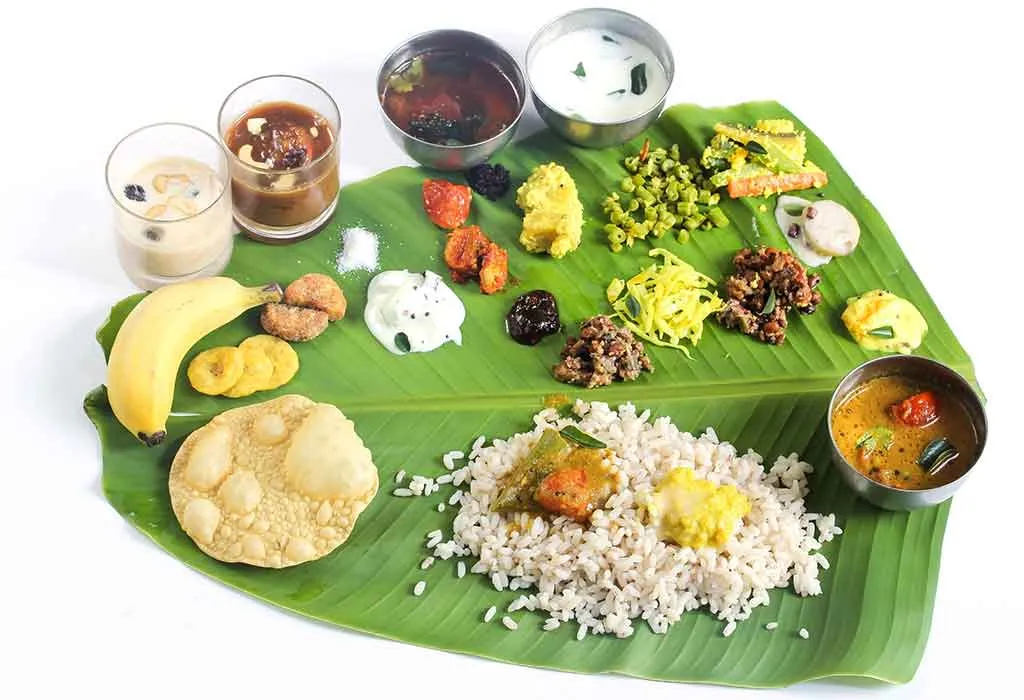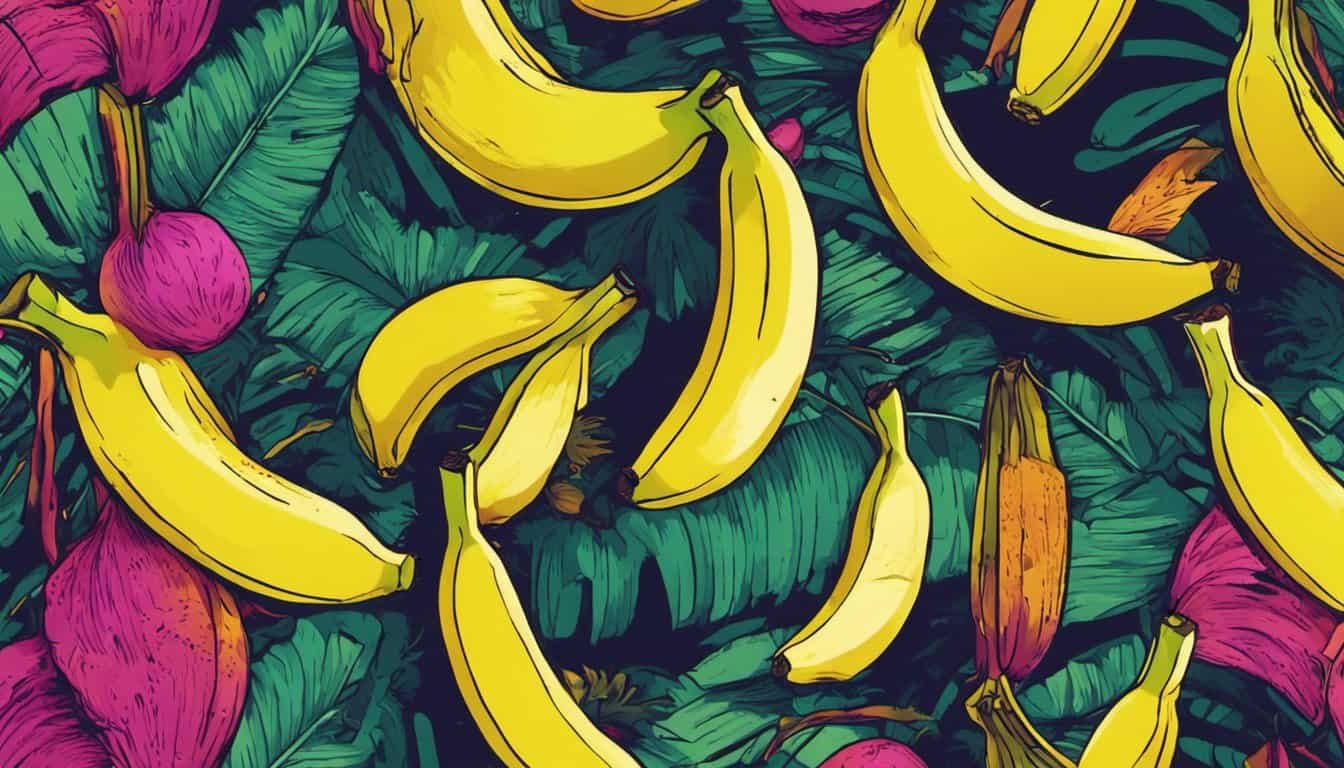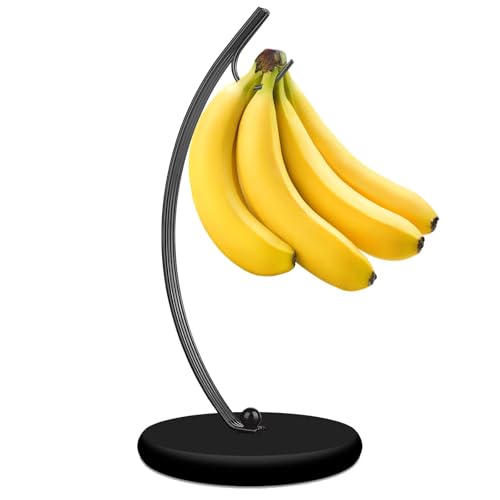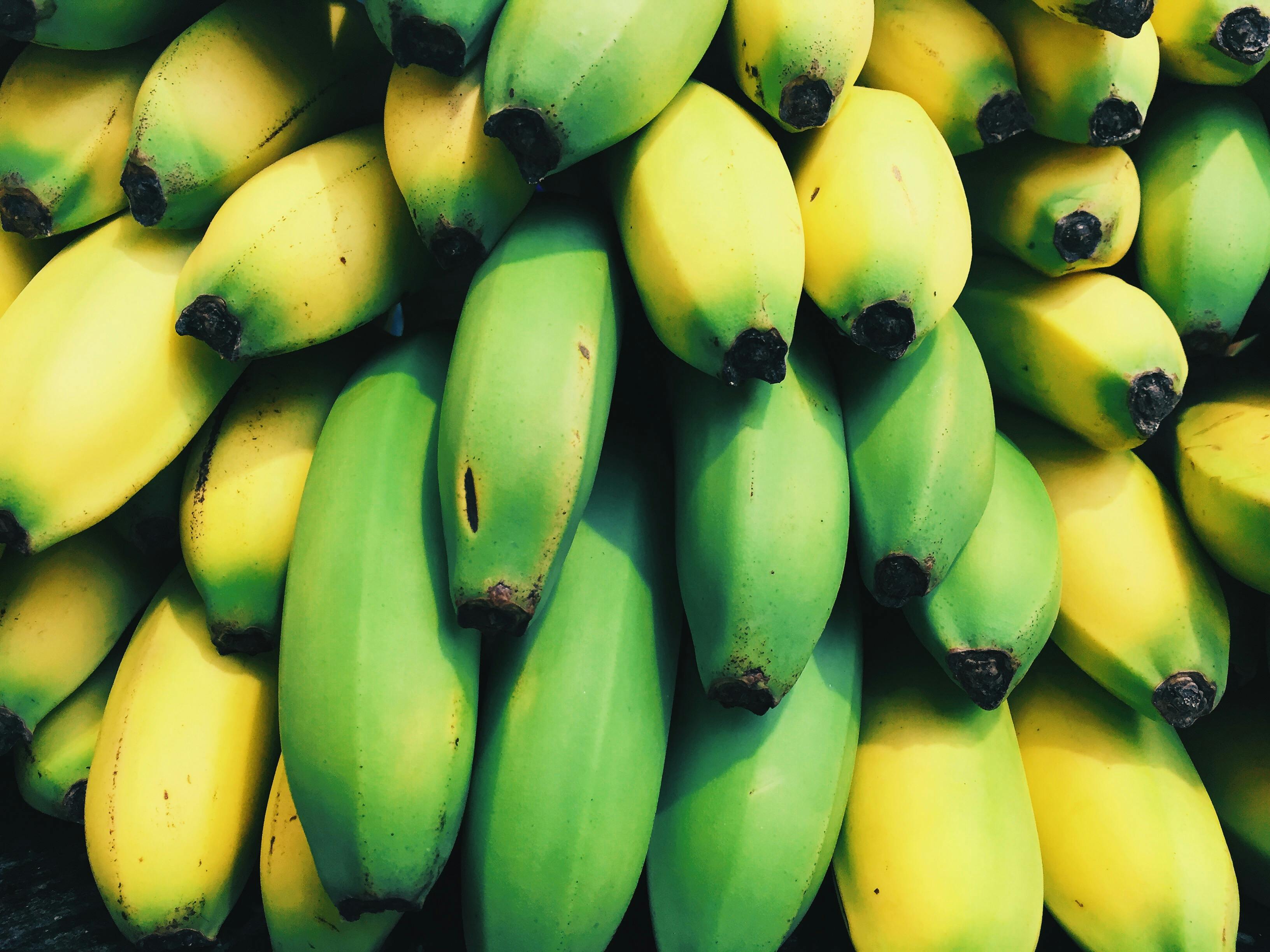Elevate Your Dining Experience with Banana Leaves: A Complete Guide to Using Them in Food and Decor
Banana leaves not only make for beautiful decorations and packaging, but they can also be an essential tool for enjoying a delicious meal. If you`re curious about how to properly use banana leaves for your next dining experience or cooking adventure, then you`ve come to the right place.

This article will cover everything from what banana leaves are and how they are traditionally used in food to the benefits of eating on a banana leaf. We`ll also cover how to properly place and fold a banana leaf while eating, as well as provide tips and tricks for cooking with banana leaves in ways you may never have considered.
So, let’s dive into the world of banana leaves and how they can elevate your dining experience both visually and gastronomically. Keep reading to learn more!
What is a banana leaf, and how is it used in food?

Banana leaves are a versatile and traditional ingredient in many cuisines around the world. This large, flexible leaf is commonly used as a natural wrapper for steaming or grilling food, such as tamales or fish. In some cultures, banana leaves are also used to serve food on, adding a vibrant and fragrant touch to any meal.
The benefits of using banana leaves in cooking go beyond just their aesthetic appeal. These leaves contain antioxidants and other beneficial compounds that can help preserve food and add flavor. Additionally, the natural waxy coating of the leaf helps to prevent moisture loss during cooking, resulting in tender and juicy dishes.
In many countries where bananas are grown, banana leaves have historically been used for medicinal purposes as well. They have been applied topically to treat skin conditions such as burns or rashes or even ingested as an herbal tea for various health benefits.
Overall, incorporating banana leaves into your cooking can add both visual interest and health benefits to your meals. So next time you’re looking for an unusual ingredient to elevate your dishes, consider reaching for a fresh bundle of banana leaves at your local market!
The traditional way of using a banana leaf while eating.
The use of banana leaves in traditional meals is a practice that dates back centuries, and has been passed down through generations. These versatile leaves are not only aesthetically pleasing, but also serve a functional purpose in enhancing the flavors of food.
In many cultures, banana leaves are used as plates or serving dishes. This not only reduces waste, but also adds an earthy flavor to the food that cannot be replicated with plastic or paper plates.
Another traditional use for banana leaves is as a wrap for cooking food. The leaves act as a natural steamer and impart their own unique flavor onto the dish. This is especially popular in Southeast Asian cuisine, where dishes such as sticky rice and fish are often wrapped in banana leaves before being cooked.
Banana leaves can also be used as natural covers to protect food from insects and other environmental contaminants. This is particularly useful during outdoor events or picnics where traditional lids may not be available.
Overall, the use of banana leaves in traditional meals showcases the ingenuity and resourcefulness of different cultures around the world. Not only do they add an aesthetic element to dining experiences, but they also contribute to sustainable living practices by reducing waste and utilizing natural materials.
The benefits of eating on a banana leaf are numerous.
For centuries, people in tropical regions have been eating their meals on banana leaves, and for good reason. Not only is it a sustainable and eco-friendly alternative to disposable plates, but it also offers a host of health benefits.

Firstly, banana leaves are rich in polyphenols and other antioxidants that help combat free radicals in the body. This can help reduce the risk of chronic diseases such as cancer and heart disease.
Additionally, banana leaves contain natural antimicrobial properties that can help prevent bacterial growth on food. This is especially important in warm climates where food spoilage is more common.
Another benefit of eating on a banana leaf is that it helps improve digestion. The leaf contains enzymes that aid in breaking down proteins and carbohydrates, making them easier for the body to absorb.
Moreover, using banana leaves as plates adds an element of flavor to the meal. The aroma of the leaf can enhance the taste of food and provide a unique dining experience.
Lastly, using banana leaves as plates promotes sustainability by reducing waste. Unlike disposable plates made from plastic or paper products which take hundreds of years to decompose or end up polluting our oceans or landfills.
Overall, there are numerous benefits to enjoying your meals on a banana leaf. By incorporating this simple practice into our daily lives we not only promote better health but also contribute towards sustainable living practices which are essential for preserving our planet’s resources for future generations!

How to properly place and fold a banana leaf for eating?
« what kind of banana tree do i have
All You Need to Know About Estimating the Mass of Bananas »
While many people may simply view banana leaves as a decorative element, they actually serve a functional purpose in many cultures. In fact, banana leaves have been used for centuries as a versatile tool for everything from cooking to serving food.
When it comes to using banana leaves for eating, there are a few key things to keep in mind. First and foremost, it’s important to properly clean the leaf before using it. This can be done by rinsing it with water and then wiping it down with a damp cloth.
Once the leaf is clean, the next step is to properly fold it for use as a plate or wrapper. To do this, start by folding the leaf in half lengthwise and then making small cuts along both sides of the folded edge. This will allow you to easily shape the leaf into any desired size or shape.
When using banana leaves as plates or wrappers for food, be sure to place them on a flat surface and arrange your food on top of them carefully. Finally, when you’re finished eating, simply discard the used leaf in an environmentally responsible manner.
Overall, learning how to properly use banana leaves for eating can add an extra layer of cultural appreciation and sustainability to your dining experience. So why not give it a try at your next meal?
Tips and tricks for using banana leaves in cooking and eating.
Banana leaves have been a staple in many cuisines across the world for centuries. Not only do they add a unique and delicious flavor to dishes, but they also act as a natural wrapper and can even be used as plates! For those looking to incorporate this versatile ingredient into their cooking and eating habits, here are some tips and tricks to get started:
1. Choosing the right leaves: When selecting banana leaves for cooking, it’s important to choose ones that are fresh and pliable. Look for bright green leaves with no visible signs of damage or wilting.
2. Cleaning the leaves: Before using banana leaves in your cooking, make sure to clean them thoroughly. Simply rinse them under running water and wipe them down with a damp cloth or paper towel.
3. Preparing the leaves: To soften banana leaves before using them as wrappers or plates, you can either steam them over boiling water for a few minutes or quickly pass them over an open flame until they become more pliable.

4. Using banana leaf wrappers: Banana leaf wrappers are commonly used in dishes like tamales or steamed dumplings. To use them, simply place your filling on top of the leaf (in the center), fold it up into a packet shape, then tie it closed with kitchen twine.
5. Serving on banana leaf plates: For an eco-friendly alternative to traditional plates, try serving your food on banana leaf plates! Simply cut large sections of fresh (cleaned) banana leaf into circular shapes (or any desired shape), then use these as individual serving dishes.
By incorporating these tips and tricks into your culinary repertoire, you’ll be well on your way to mastering
Check out our other articles to find out even more about banana.
Banana leaves can be a great addition to the way you cook and eat, providing health benefits and an additional layer of flavor. Taking time now to learn about how to properly use banana leaves for eating is one small thing that can make a big difference when it comes to improving your own culinary traditions. Check out our other articles to find out even more about banana, so that you too can embrace this unique cooking method!















